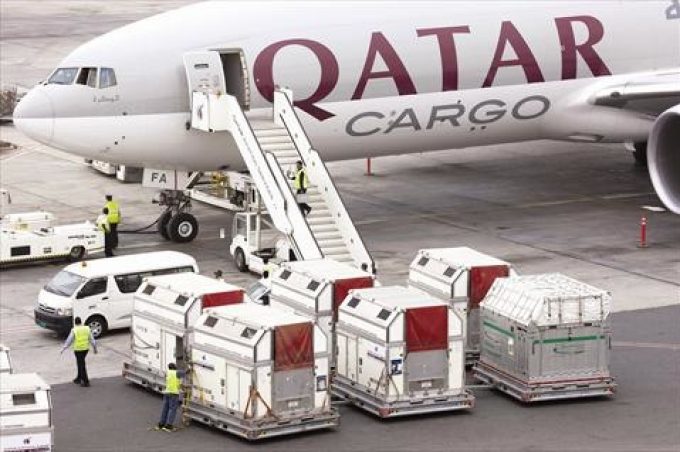ANA postpones NCA takeover again, as QR Cargo joins hands with MasKargo
Airline cargo partnerships are rare. One of the most successful, between Lufthansa Cargo, United and ...

Qatar Airways Cargo (QR) is betting on live animal transport: it has spent “a lot” on a new live animal transport centre which has increased its handling capabilities by 150,000 animals a year.
The carrier may have a point: the animal transportation market is set to grow at a CAGR of 5.07% from 2023 to 2028. That data includes livestock, which is mostly transported by ship and accounts for just under half the total market. But pets – which tend to ...
Asia-USEC shippers to lose 42% capacity in a surge of blanked sailings
Why ROI is driving a shift to smart reefer containers
New USTR port fees threaten shipping and global supply chains, says Cosco
USTR fees will lead to 'complete destabilisation' of container shipping alliances
Transpac container service closures mount
Outlook for container shipping 'more uncertain now than at the onset of Covid'
DHL Express suspends non-de minimis B2C parcels to US consumers

Comment on this article